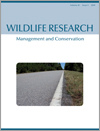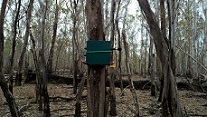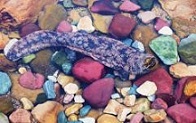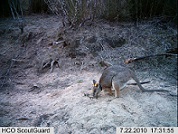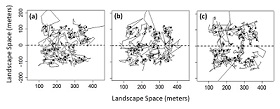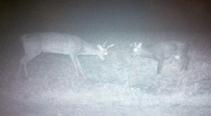WR17059Disturbance affects biotic community composition at desert wind farms

Wind farm development in otherwise natural landscapes may facilitate unintended (and undesirable) biodiversity consequences. Here, we quantify the effects of wind energy infrastructure on local biota, documenting a loss of diversity and altered community composition patterns. We caution that sustainable renewable energy development will require consideration of the potential negative effects of energy facilities on habitat quality and value.


